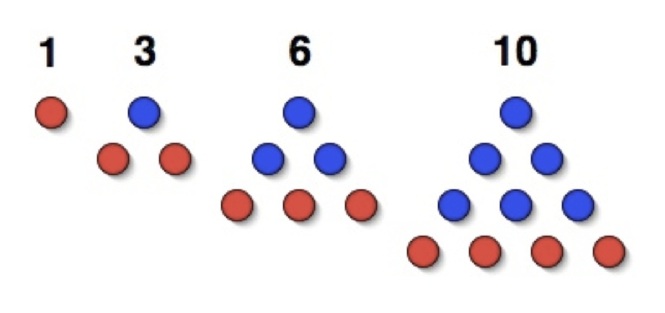|
with Leigh Ann Yoder Algorithms Carl Gauss Carl Gauss We opened class with a quick review of our image compression homework. All students did a great job, but only one pair sent and received their images perfectly. This demonstrated how simple it is to make errors. We will talk more about detecting and handling errors next week. Next, we discussed the word algorithm. An algorithm is simply a series of actions to perform which will get a job done efficiently. An algorithm can be applied to any task, but they are especially useful in the field of Computer Science. Your student should be able to define the term and know how algorithms are used by computer scientists. In order to illustrate an actual algorithm we had a mini-mathematical/history lesson on Carl Gauss. Carl Gauss is now recognized as a great mathematician, but as a 10-year old boy he solved a time consuming mathematical problem in record time using triangular numbers. Hopefully, your student can demonstrate this for you -- they may even want to challenge you! The storage capacity of computers is growing at an unbelievable rate, and computers are becoming smaller. We continued with our focus of data compression from last week, specifically, text compression and the Ziv-Lempel coding method, commonly referred to as Zip. The students had to become puzzle solvers in order to grasp the concept. Once they understand the puzzle, it becomes a lot of fun! They will continue working on this concept in their homework. Since we had a few extra minutes at the end of class, we talked through a real problem regarding Hotel Doors and Keycode algorithms. Just like real computational scientists, the students were able to think through the problem and come up with a workable solution. They did a fantastic job! Please be sure to check your email for detailed homework assignments. Comments are closed.
|
Categories
All
Archives
May 2016
|


 RSS Feed
RSS Feed